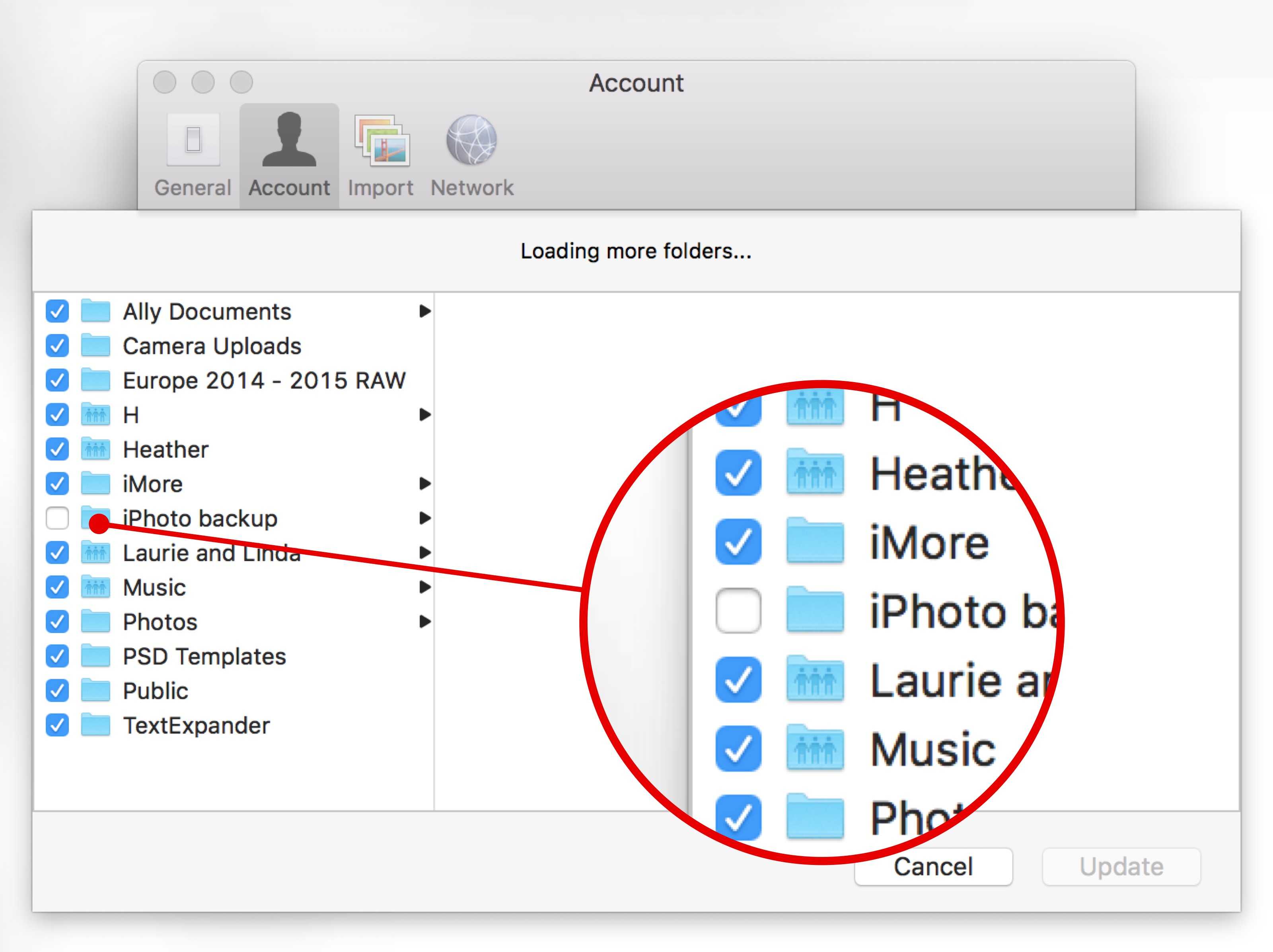Iphoto Disk Space
System Information User Guide
macOS can help make more room on your Mac by optimizing its storage. When space is needed, it keeps files, photos and videos, Apple TV movies and shows, and email attachments in iCloud and makes them available on demand. Files don’t take up space on your Mac, and you can download the original files when you need them. Recent files and optimized versions of your photos are always on your Mac.

Choose Apple menu > About This Mac, click Storage, then click Manage.
macOS calculates how much space is being used by different categories.
Note: Wait until all categories are finished being calculated to ensure you’re seeing the accurate amount of space. Values are refined as each category is calculated.
View the recommendations and decide how to optimize storage on your Mac.
Recommendation
Description
Store in iCloud
Helps you store files from your Desktop and Documents folders in iCloud Drive, store photos and videos in iCloud Photo Library, store messages and attachments in iCloud, and optimize storage by keeping only recently opened files on your Mac when space is needed.
See Use iCloud Drive to store documents on your Mac, iOS, and iPadOS devices, Use iCloud Photos to store photos in iCloud, and Use Messages in iCloud.
You can modify these settings later in iCloud preferences, Photos preferences, and Messages preferences.
Optimize Storage
Save space by automatically removing Apple TV movies and TV shows that you already watched, and by keeping only recent email attachments on this Mac when storage space is needed.
See Change Files preferences in the TV app and Mail Account Information preferences.
Empty Trash Automatically
Automatically erase items that have been in the Trash for more than 30 days. You can modify this setting later in the Finder. See Delete files and folders.
Reduce Clutter
Quickly find files, apps, books, movies, and other items that are taking up space, then manually delete items you no longer need. See Find and delete files.
When space is needed on your Mac, macOS also clears caches and logs that are safe to delete, including temporary database files, interrupted downloads, staged macOS and app updates, Safari website data, and more.
- Check How Much Free Storage You Have. Before we jump to the first trick for freeing up disk.
- Step 2 In the Save As text field, enter a name for the disk image (for example, iPhoto Image), and then save it in the /Users/Shared folder. From the Size pop-up menu, choose Custom.
Note: If your disk is partitioned, recommendations apply to only the partition that contains your home directory.

To see an overview of used and free disk space, choose Apple menu > About This Mac, then click Storage. See available storage space.
Iphoto Insufficient Disk Space
Recently, I tried to export 800 images (iPhoto 4.0.1 and got the message that I had insufficient disk space to complete the operation despite having 20G free on my HD. I checked the internet to look for others with this problem. I only had 10GB free. To run well a mac hard disk needs at least 20% free. Here’s how I freed up some more space. I ran Disc Inventory X to see where the excess space was taken. Remove old iPhoto library. Look at this screenshot from Disk Inventory X: The pink section surrounded by the yellow line is my old ‘iphoto’ library.
